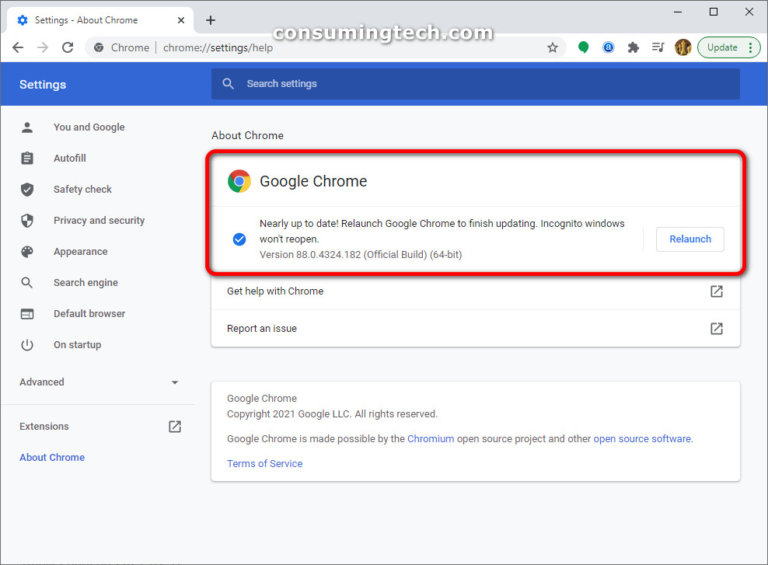

Web browsers have come a long way in recent years, with most reaching some sort of feature parity and common user experience, which makes switching between them fairly easy. Medium CVE-2022-2624: Heap buffer overflow in PDF.Try free ✕ Getting Started With Chrome On Mac.Medium CVE-2022-2623: Use after free in Offline.Medium CVE-2022-2622: Insufficient validation of untrusted input in Safe Browsing.As reported by Huyna at Viettel Cyber Security on Medium CVE-2022-2621: Use after free in Extensions.As reported by Nan Wang and Guang Gong of 360 Alpha Lab on Medium CVE-2022-2620: Use after free in WebUI.Medium CVE-2022-2619: Insufficient validation of untrusted input in Settings.Medium CVE-2022-2618: Insufficient validation of untrusted input in Internals.Medium CVE-2022-2617: Use after free in Extensions API.Medium CVE-2022-2616: Inappropriate implementation in Extensions API.Medium CVE-2022-2615: Insufficient policy enforcement in Cookies.Medium CVE-2022-2614: Use after free in Sign-In Flow.Medium CVE-2022-2613: Use after free in Input.Reported by Erik Kraft ( ), Martin Schwarzl ( ) on Medium CVE-2022-2612: Side-channel information leakage in Keyboard input.As reported by Irvan Kurniawan (sourc7) on Medium CVE-2022-2611: Inappropriate implementation in Fullscreen API.Medium CVE-2022-2610: Insufficient policy enforcement in Background Fetch.As reported by koocola and Guang Gong of 360 Vulnerability Research Institute on High CVE-2022-2609: Use after free in Nearby Share.High CVE-2022-2608: Use after free in Overview Mode.


Listed below are the highlighted fixes that were contributed by external researchers.

Google will also retain restrictions if the bug exists in one or multiple third-party libraries that other projects similarly depend on, but haven’t been fixed as of yet.įrom the latest information, the stable update 104 includes 27 security fixes. It should be noted that access to bug details and links may be kept restricted by Google until a majority of users are updated with a fix.


 0 kommentar(er)
0 kommentar(er)
